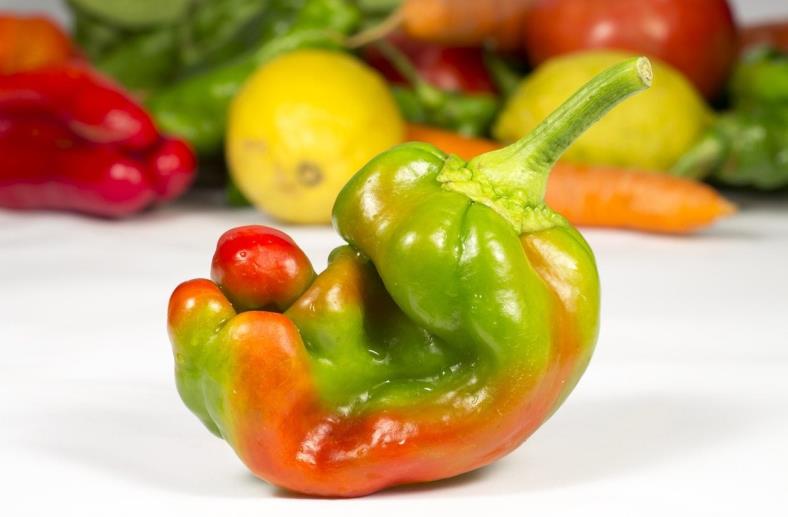When shopping, most of us expect to find perfectly formed fruits and vegetables; unfortunately, many items get rejected due to imperfections or cosmetic flaws, posing the question, “Where will these rejected goods end up?”
This post will explore what happens when these imperfect fruits and vegetables are deemed unsuitable for mass consumption, exploring the many industries and opportunities that these healthy-but-ugly snacks can still benefit.
Let’s get started.
What is imperfect produce?
Imperfect produce refers to fruits and vegetables that do not conform with grocery store and supermarket appearance standards for sale in stores and supermarkets, including fruits with blemishes, discoloration or irregular shapes or sizes.
According to estimates by the Food and Agriculture Organization of the United Nations (FAO), one-third of global food production ends up lost or wasted annually — much of it being imperfect produce that gets rejected by retailers before eventually ending up in landfills.
Similar to imperfect produce, rejected produce refers to fruits and vegetables that are both visually unattractive as well as have some level of damage caused by pests, diseases, or physical deformities during harvesting, transportation, or storage processes. When these goods become unacceptable for human consumption, they often end up in landfills instead.
Where imperfect and rejected produce ends up
Here’s where these fruits and vegetables commonly end up.
Composting
Some grocery stores have begun offering composting programs for unsold produce that have gone unsold, as composting involves breaking down organic matter to form nutrient-rich soil through decomposition by microorganisms and using that soil as plant fertilizer, reducing chemical use in farming practices and decreasing their environmental footprint.
By composting rejected products, grocers can both lower environmental impact while contributing to sustainable farming practices.
Food banks
In recent years, partnerships between food banks and retailers to rescue imperfect and rejected produce have grown increasingly common. Food banks are non-profit organizations dedicated to collecting and providing food assistance to those in need.
Their aim is to rescue rejected produce so as to provide nutritious fresh fruit to individuals who might otherwise lack access, thus helping reduce food waste while supporting sustainable efforts.
Animal feed
Some farms and animal sanctuaries use imperfect produce as feed for their animals — even though these fruits and vegetables might not be deemed fit for human consumption — rather than using resources to manufacture animal feed separately. This approach makes more sustainable use of resources available.
Sale at a discount
To reduce food waste and maximize customer convenience, grocery stores sometimes sell imperfect and rejected produce at reduced rates rather than discard it entirely, offering customers access to these items at a more reasonable cost while cutting wasteful consumption rates.
Some retailers even hold “ugly produce” campaigns in order to promote sales of imperfect produce items.
Awareness is the first step to reducing waste
Overall, imperfect and rejected produce ends up in various locations depending on how grocery stores and retailers dispose of their stock. Since sustainability awareness has expanded over time, more options now exist to use fruits and vegetables instead of throwing them out.
By eliminating food waste through sustainable practices, we can build a more secure future for ourselves and the planet we inhabit.

